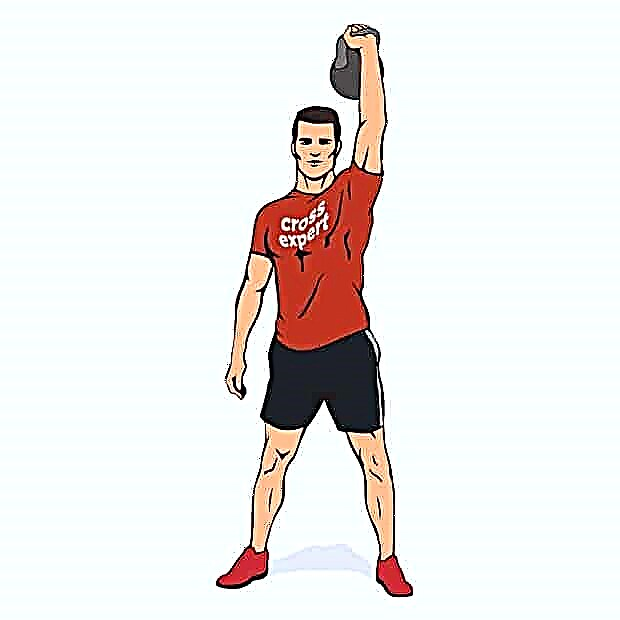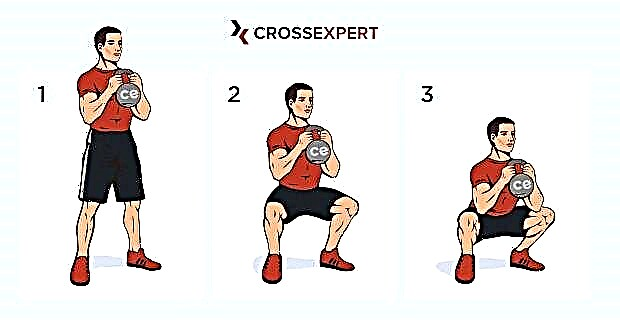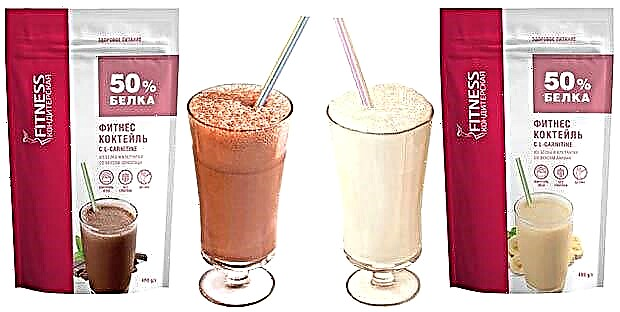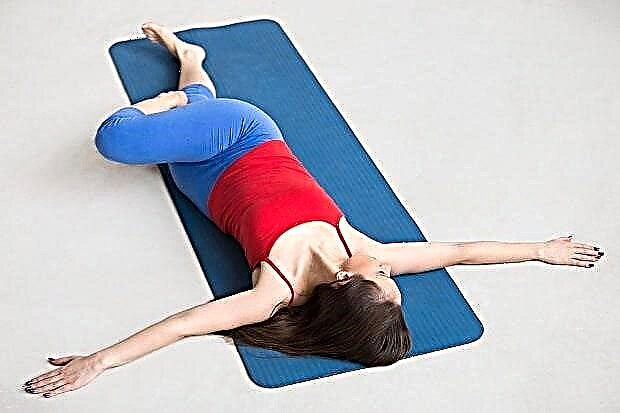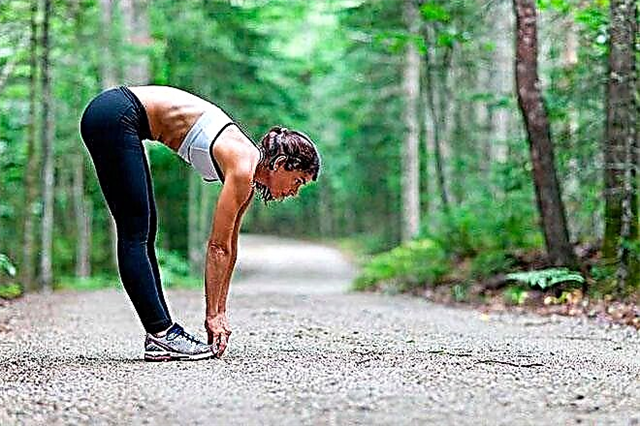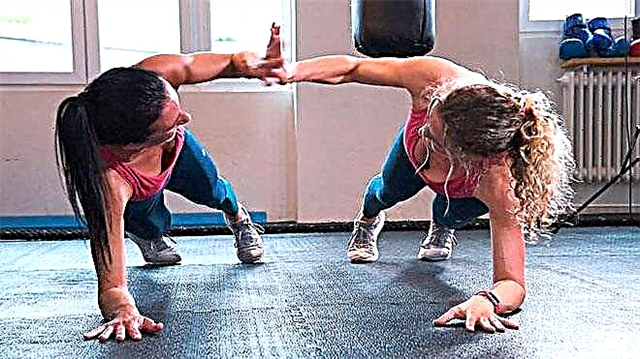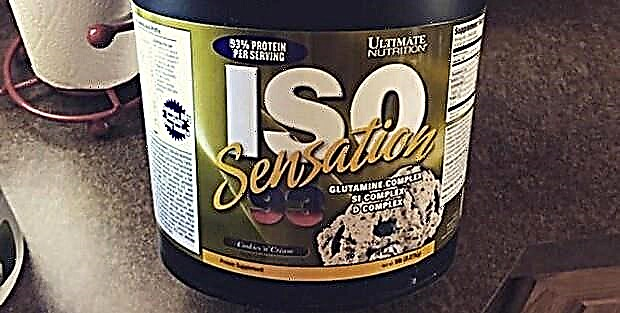Sports injuries
1K 14 05.05.2019 (last revised: 01.07.2019)
Lumbar pain is the most common symptom that leads to medical attention.
Overview of possible causes of pain
The etiology of lumbodynia is diverse. It can be caused by:
- severe static and static-dynamic loads on the lumbar vertebrae;
- spine diseases:
- osteochondrosis of the lumbar spine;
- protrusion or herniated intervertebral discs;
- infectious diseases (osteomyelitis, tuberculosis, brucellosis);
- deforming spondylosis;
- scoliosis, pathological lordosis and kyphosis;
- metabolic osteoporosis;
- fractures and injuries of the vertebral bodies;
- primary and metastatic neoplasms of the vertebral bodies;
- ankylosing spondylitis;
- rheumatoid arthritis;
- kidney disease:
- primary and secondary neoplasms;
- acute pyelonephritis;
- ICD;
- atherosclerosis of the abdominal part of the aorta and its branches;
- aortic dissecting aneurysm;
- pathological changes in the hip joint;
- inflammation of the hard and soft membranes of the spinal cord;
- acute and chronic intestinal obstruction;
- atypical course of acute appendicitis;
- acute disorders of the spinal circulation;
- diseases of the pelvic organs, including the reproductive sphere:
- endometriosis;
- uterine cancer;
- adnexitis;
- prostatitis;
- prostate cancer;
- STDs;
- diseases of the digestive tract (numerous pathologies from the intestines, liver, gallbladder, pancreas).
Pain classification
Systematization of pathology is carried out on the basis of criteria that are taken as a basis. It can be according to:
- etiological signs:
- primary (caused by primary pathological changes in the vertebrae) - protrusion and hernia of intervertebral discs;
- secondary (due to diseases of organs and systems, the consequence of which is lumbodynia) - ICD, LCB.
- time of appearance:
- acute (up to 12 weeks);
- chronic (more than 12 weeks);
- connection with a provoking factor:
- immediate (spinal injury);
- delayed (back pain after eating fatty foods with gallstone disease);
- degree of manifestation:
- pronounced:
- moderate;
- localization:
- topographically corresponding to the lesion;
- moving or wandering;
- clinical picture:
- oppressive;
- pulsating;
- stabbing;
- shooting;
- cutting;
- encircling;
- burning;
- stupid;
- compressive.
Girdle pain
More typical for acute pancreatitis, cholecystopancreatitis, cholelithiasis, acute cholecystitis and intercostal neuralgia. With damage to the liver and pancreas, pain can radiate to the chest area.
Cholecystitis or pancreatitis is rarely isolated. More often, the pathology is combined and takes on the character of cholecystopancreatitis. A sensation of bitterness in the mouth, as well as unpleasant sensations in the right hypochondrium, can serve as a differentiating sign.
Given the severity of possible nosological pathologies with the manifestation of pain of a shingles nature, antispasmodics (Papaverine, Platifillin) should be used to relieve it. It is impossible to use NSAIDs (non-steroidal analgesics) due to the fact that their use can change the symptoms and complicate the diagnosis by the surgeon.
Preliminary diagnostics
In order to make a preliminary diagnosis, a number of diagnostic tests are used:
| Lumbosacral osteochondrosis tests | |
| Symptom name | Description |
| Dejerine | When the muscles of the abdominal muscles are strained, pain in the lumbar region increases. |
| Neri | With a sharp tilt of the head before contact with the chest in the lower back, pain increases. |
| Lasegue | In the prone position, you should take turns to raise straight legs. With lumboischialgia, the pain will increase and radiate along the sciatic nerve of the homolateral side. |
| Lorrey | When taking a sitting position from a prone position with straightened legs, the pain against the background of lumboischialgia will increase along the sciatic nerve. |
Who to contact
If the cause of the pain is unknown, a physician should be consulted. In cases where the etiology is clear, to narrow specialists, for example, to a gynecologist (pain sensations arose in the second trimester of pregnancy) or a neurologist (there are indications of intervertebral hernia in the anamnesis).
Most often, a rheumatologist and a traumatologist are also involved in the treatment of back pain.
Doctor visit, diagnostics and examinations
The diagnosis is difficult due to the nonspecificity of the symptoms and its polyetiology. A detailed collection of anamnesis, analysis of the patient's complaints, as well as his thorough examination are required.
Among laboratory methods, general and biochemical blood and urine tests, as well as a blood test for tumor markers, should be distinguished.
Frequently used instrumental research methods include X-ray and endoscopic techniques, ultrasound of the abdominal cavity and retroperitoneal space, CT and MRI.
Treatment methods
The scheme and methods of treatment are based on the diagnosis. They are conventionally divided into:
- conservative:
- taking medications (NSAIDs, vasodilators, centrally acting muscle relaxants, chondroprotectors, B vitamins, steroids, etc.) in the form of:
- ointments;
- tablets and capsules;
- injections (paravertebral blockade);
- FZT:
- warming up (effective at the stage of rehabilitation for traumatic aseptic pathologies);
- cryotherapy (effective in the acute phase of aseptic inflammation, for example, in trauma);
- Exercise therapy (a set of exercises designed to develop the musculoskeletal system);
- massage;
- manual therapy;
- taking medications (NSAIDs, vasodilators, centrally acting muscle relaxants, chondroprotectors, B vitamins, steroids, etc.) in the form of:
- operational (neoplasms, signs of compression by intervertebral hernias of the spinal cord, etc.).

© Yakobchuk Olena - stock.adobe.com
Exercise therapy, exercises
| Initial position | Exercise Description |
| Lying on your back | Raise straight left and right legs in turn, holding on to the weight for 10-15 seconds.
|
| Lying on your back | Bend your knees at a right angle, tilting to the right and left sides until it stops.
|
| Standing | Smoothly bend in different directions (back straight).
|
| Standing on all fours | Swing simultaneously with the contralateral limbs (right arm and left leg).
|
| Gluteal bridge | Raising the pelvis from a supine position.
|
| "Bridge" | Bend your back up, trying to fix the body in this position.
|
With pain in the lumbar region, playing sports is extremely undesirable due to the high probability of additional trauma to the intervertebral joints due to sudden movements (volleyball, football).
The wearing of bandages on the lumbar region is shown, especially when high static or static-dynamic loads are expected.
Low back pain in athletes
The spine of athletes experiences significant axial, rotational and flexion loads, which determines the specificity of trauma. Most often diagnosed:
- stretching of the musculo-ligamentous apparatus of the lumbar vertebrae;
- spondylolysis (a defect in the arch of the vertebra, found in gymnasts, pole vaulters, football players);
- sondylolisthesis (slipping of the vertebrae relative to each other);
- osteocondritis of the spine;
- hernia and protrusion of intervertebral discs;
- the youthful kyphosis of Scheuermann-Mao;
- scoliosis.
Given the high risk of injury, professional athletes should be monitored regularly. When pathology is detected, the treatment regimen is prescribed by the attending physician and is determined by its type.







